
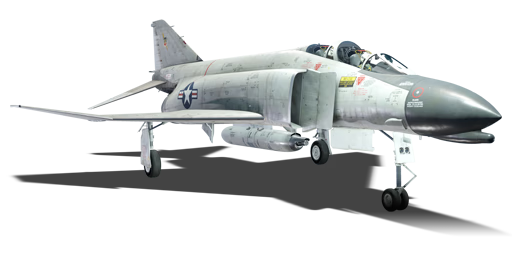


The F-4C Phantom II is a American jet fighter. It was introduced in Update 1.91 "Night Vision".
Development of fighter aircraft attempts to balance size, speed, armament and manoeuvrability to come up with the perfect fighter. Due to the difficulties and challenges of bundling all of these in one aircraft, many different varieties have been developed through the years which highlighted one or more aspects but rarely all in one. And sometimes the mould had to be broken and the motto "bigger IS better" came into play. Due to these such heavyweight fighters like the P-61, Me 410, Beaufighter, J5N1 and SM.91 were developed to fly faster, remain manoeuvrable and carry heavier weapons and ordnance, sometimes much heavier than their lighter counterparts. The F-4C Phantom II is no exception, originally developed as a souped-up F3H Demon, this fighter was modified into a larger, heavier, faster fighter-interceptor/bomber that the U.S. Navy didn't realize it needed and when it did, it went all in.
The imposing F-4C Phantom II can seem a bit intimidating at first due to its size, but the pilot will quickly find that with the dual J79-GE-15 engines that this fighter is no slouch. Going from takeoff, acceleration in a climb and to level flight the F-4C Phantom II will move and is quite agile for an aircraft of its size. Pilots new to the F-4C Phantom II will initially be set up with an M61 20 mm cannon. Due to this aircraft not being configured with an internal cannon, one was required to be mounted on a centre-line pylon. Options become available to mount two additional 20 mm cannon gun pods, one under each wing which all together will spew out a slew of 20 mm rounds acting like a shotgun effect even at >500 m. AIM-9B and AIM-9E Sidewinder missiles round out the Phantom's anti-air capabilities and are okay missiles to use against enemy aircraft which will cause the enemy pilot to take evasive manoeuvres to avoid the missile. In the event that happens, be ready with the cannons for backup as the enemy pilot should be an easy target after bleeding all of their speed and energy avoiding the missile.
Another arena where the F-4C Phantom II shines is in the ground-pounding or ground attack function of the aircraft. With eleven hardpoints, this fighter/bomber can be configured in many different ways to carry a combination of guns, bombs and rockets. When it comes to bombs, the F-4C Phantom II has the option to use either 250 lb, 500 lb, 750 lb or 1,000 lb bombs and can hold upwards of 9,000 lbs total. The Phantom also has three different rocket types to choose from, depending on the targets you are going after. These range from anti-tank AGM-12B and AGM-12C Bullpup guided rockets, Zuni Mk32 anti-tank rockets and the small but powerful FFAR Mighty Mouse in a volume of 228, which can be devastating when used en masse.
The amazing F-4 Phantom II was state-of-the-art in its day and even 60 years later, several countries are still utilising this iconic fighter/bomber as a force multiplier with their air forces today. This fighter coupled with a pilots skill and determination can help alter the outcome in the jet-battle matches.
flaps
flaps
flaps
brake
| Name | Weight | Slot | ||||||||||
|---|---|---|---|---|---|---|---|---|---|---|---|---|
| 57 × | 688.9 kg | 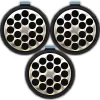 |  |  |  |  | ||||||
| 12 × | 840.8 kg |  |  |  |  |  | ||||||
| 6 × | 707.4 kg | 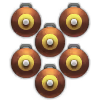 |  |  | ||||||||
| 6 × | 1,445.4 kg |  |  |  | ||||||||
| 6 × | 1,524 kg | 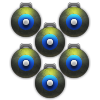 |  |  | ||||||||
| 3 × | 1,087.3 kg | 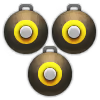 |  |  |  | |||||||
| 401.4 kg |  |  | ||||||||||
| 2 × | 893.6 kg | 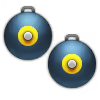 |  | |||||||||
| 893.6 kg | 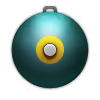 |  |  | |||||||||
| 893.6 kg | 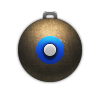 |  |  | |||||||||
| 259 kg | 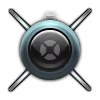 |  |  |  | ||||||||
| 614.4 kg | 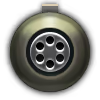 |  |  | |||||||||
| 3 × | 353.7 kg | 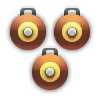 |  | |||||||||
| 3 × | 722.7 kg | 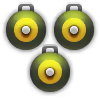 |  | |||||||||
| 3 × | 762 kg | 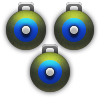 |  | |||||||||
| 3 × | 1,340.4 kg | 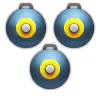 |  |  | ||||||||
| 810 kg |  |  | ||||||||||
| 72.6 kg |  |  | ||||||||||
| 2 × | 145.1 kg | 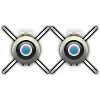 |  | |||||||||
| 2 × | 152.9 kg | 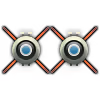 |  | |||||||||
| 182.3 kg | 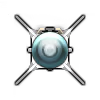 |  |  |  | ||||||||
| 5 × | 1,812.1 kg | 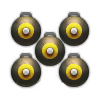 | ||||||||||
| 2 × | 802.8 kg | 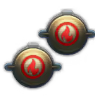 | ||||||||||
| Drop tank (600 gal.) | 137.9 kg |  | ||||||||||












Flight performance |
|---|
Survivability |
|---|
Weaponry | |||
|---|---|---|---|